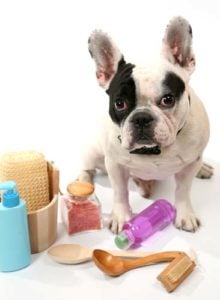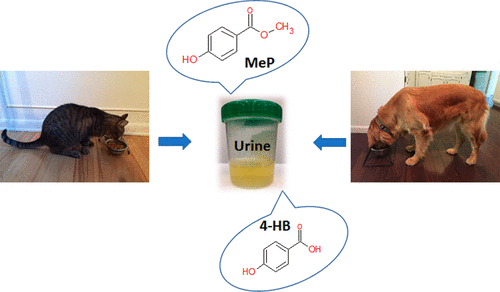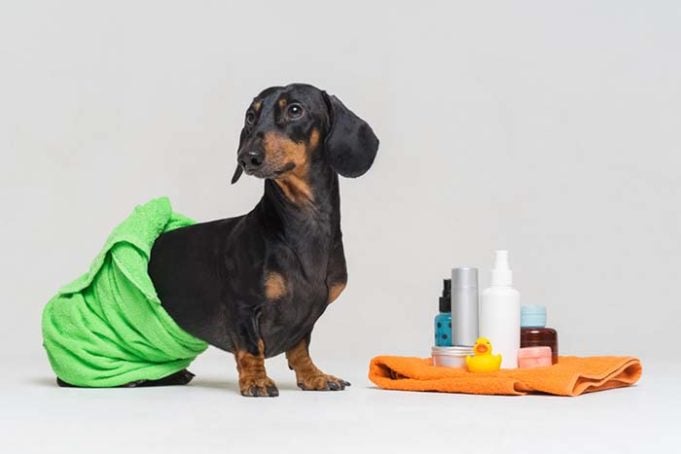Dogs that stay indoors most of the time are more likely to develop various diseases and even die earlier due to some toxins in household products we didn't know about, according to this new study.
When I was only 3 years old, my parents surprised me one Christmas by bringing home a gorgeous Yorkshire terrier. She was called Tara and she was the bubbliest, jumpiest puppy in the world. She was slightly yappy but thankfully our neighbors thought she was cute and didn't mind.
Tara loved going for walks, but she was perfectly happy being a lapdog most of the time. She lived all the way to the noble age of 15 when she was taken away from us because of a mean kidney disease. At the time, even though all the vets told me that she had had a long and happy life for a dog of her breed, I was devastated and started looking into reasons why this had happened to my beloved Yorkie.
What I found really changed my perspective on keeping pets safe indoors.
Sure, a lot of dogs living at home with us lack exercise and sometimes don't eat proper, well-balanced diet but that's all on the owners and something that we can improve ourselves. But now there are also studies that show how specific common household substances that are hard to avoid in our homes can also harm our dogs without us knowing it. Those are called parabens – commonly found in cosmetic/beauty products.
You might be surprised to learn that parabens are everywhere around us, even if we don't necessarily notice them and that's because we all use cosmetic products to some extent, like shampoo for example. I always check the shampoo bottle from now on and read the ingredients. While it can only harm my dog if he decides to chew on it – something I wouldn't put past him – parabens are bad news for us as well as dogs.
But how do parebens get to our dogs?
 Turns out pet food and dog shampoos play a big role in that.
Turns out pet food and dog shampoos play a big role in that.
Now, there are parabens and parabens. Some of them aren't too harmful and you can even find them in our food. The FDA regulates that quite rigorously and the paraben levels in human food are kept down as much as possible. Scientific American explains how parabens help food ingredients preserve better, so more and more food manufacturers opt to use them in their produce.
But it's different with dog food. It's not nearly as regulated, which can sometimes give manufacturers a leeway to make sure their stock lasts longer when they use parabens in pet food formulas.
In this new study published in the journal of Environmental Science & Technology, researchers found that dry food has a lot more parabens than wet dog food does. Cat food normally has more of them than dog food. But I would still advise to look out for certain ingredients when reading the label on your dog's food.
The common rule of thumb is if you can't read it and don't know what it means, you probably shouldn't give it to your dog. This doesn't necessarily have to be true all the time, but at the very least – look up the ingredient that you don't understand.

Moving along, the study showed that the other common culprit are dog shampoos for long-haired dogs, like the one my Tara used to use. Because parabens often mimic estrogen, they can sometimes play on male dogs' scent receptors and make them aggressive towards female dogs. To avoid this, make sure to stay away from ingredients in your dog shampoo such as propyl, butyl, etyl and methyl. Read this veterinarian's guide on how to pick the right shampoo for dogs that's healthy for your pooch.
While small amounts of parabens might be safe for people and dogs, I would still consider switching to paraben-free products altogether. Personally, I use paraben-free beauty products for my pooch now and his coat is as shiny and beautiful as ever. And while I know that Tara lived a long and happy life, I think that she could have been healthier if we'd known this before.
READ NEXT: 8 Cancer-Causing Dog Products (And How to Avoid Them)
Study Reference:
- Rajendiran Karthikraj, Sonali Borkar, Sunmi Lee, Kurunthachalam Kannan. Parabens and Their Metabolites in Pet Food and Urine from New York State, United States. Environmental Science & Technology, 2018; DOI: 10.1021/acs.est.7b05981













